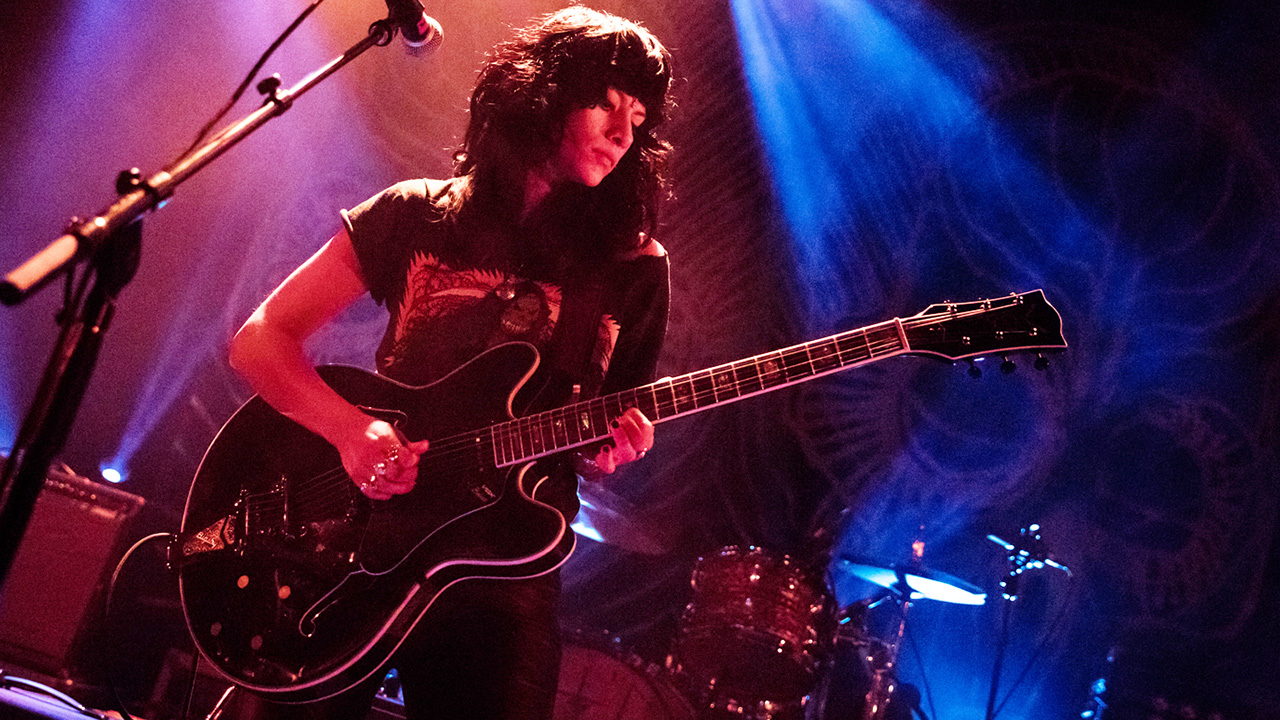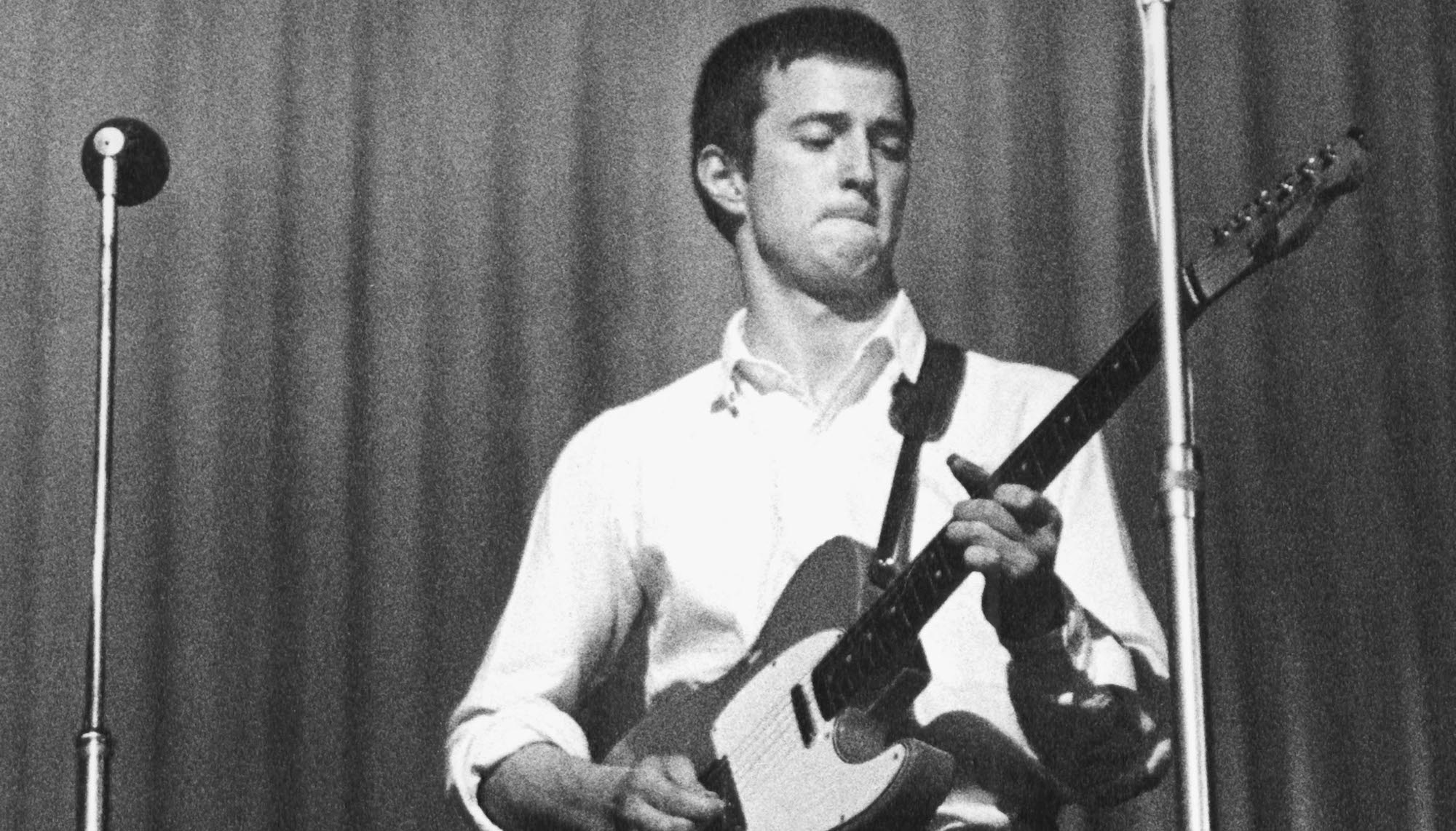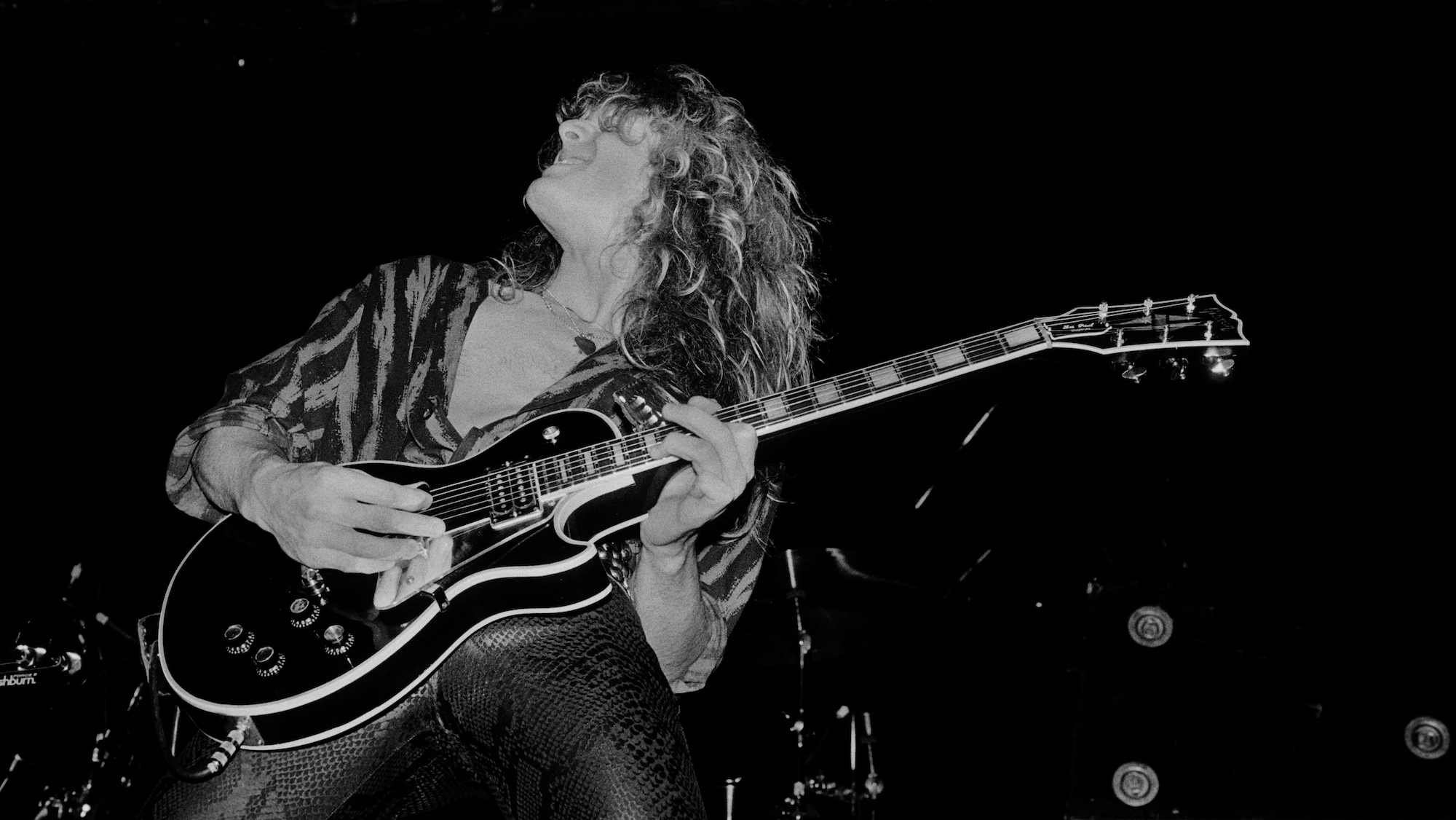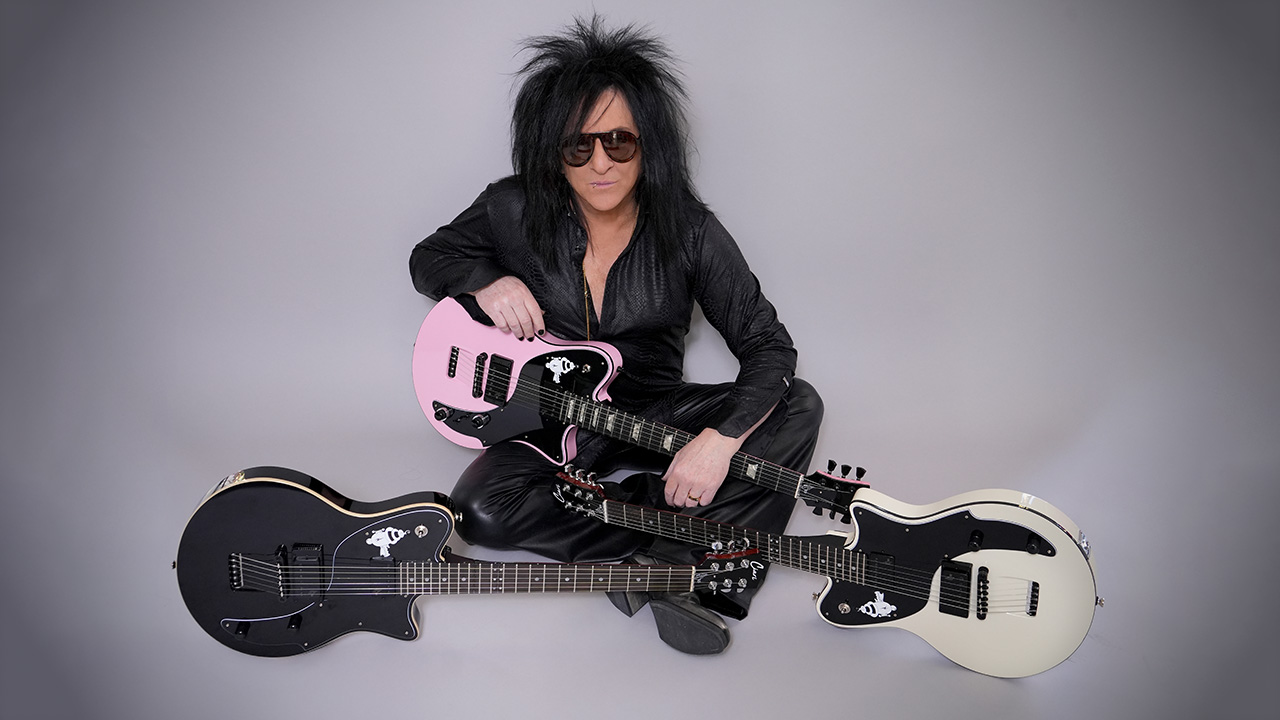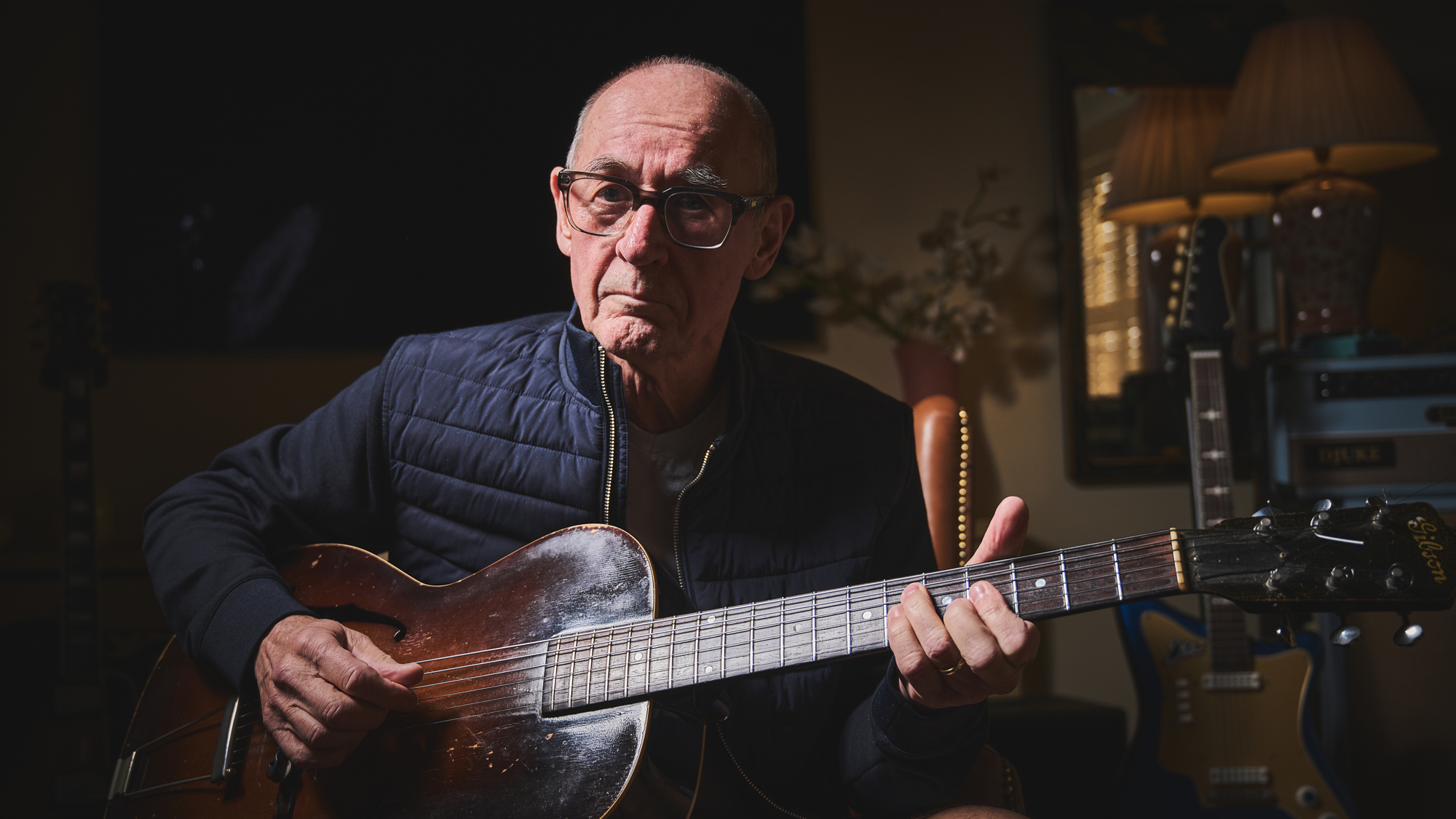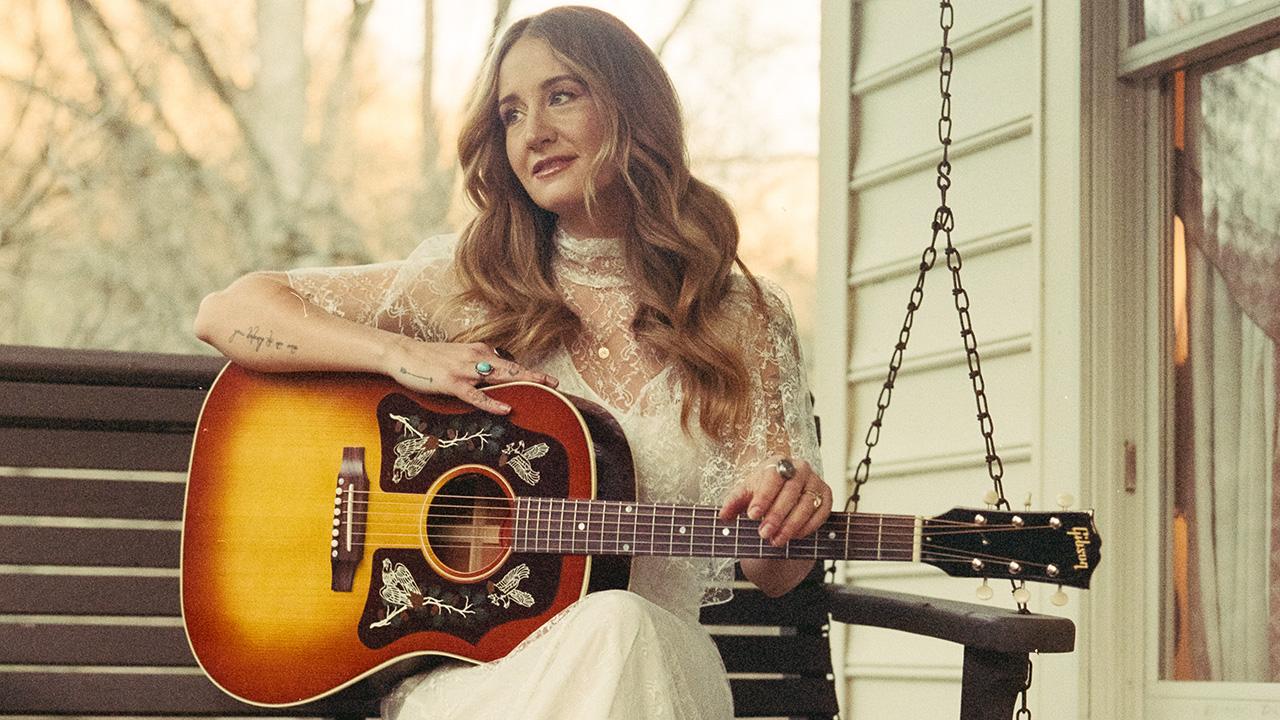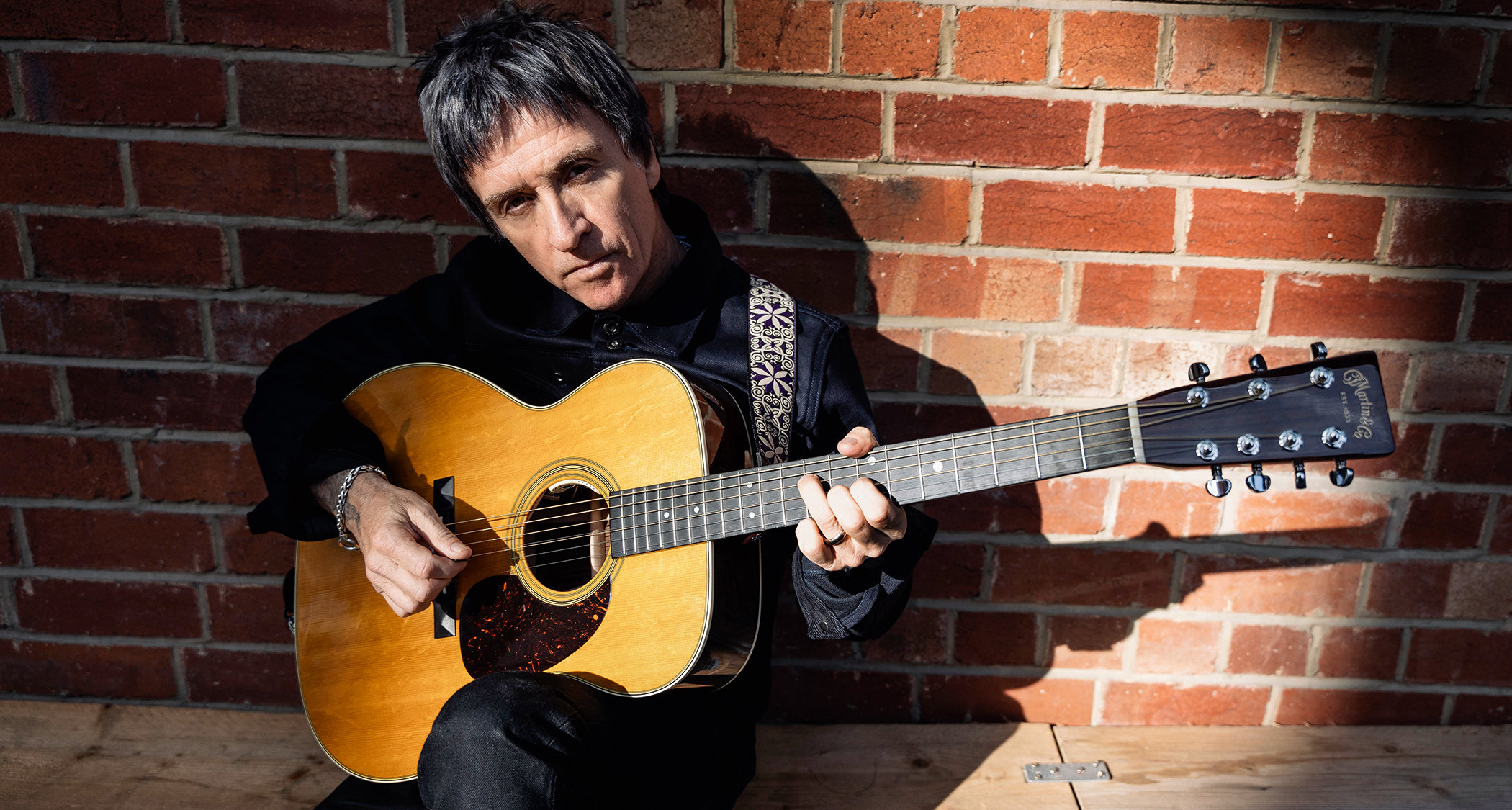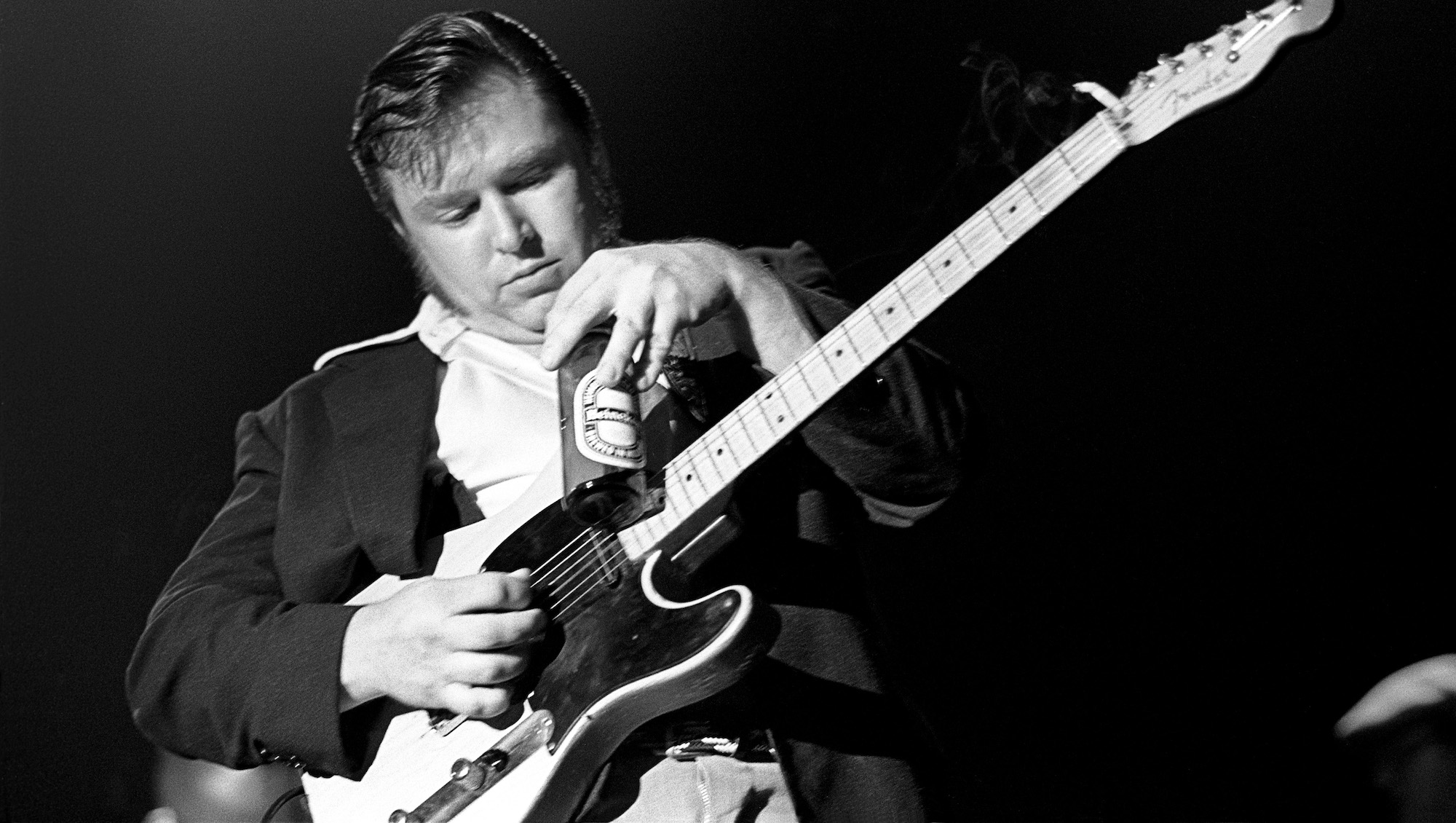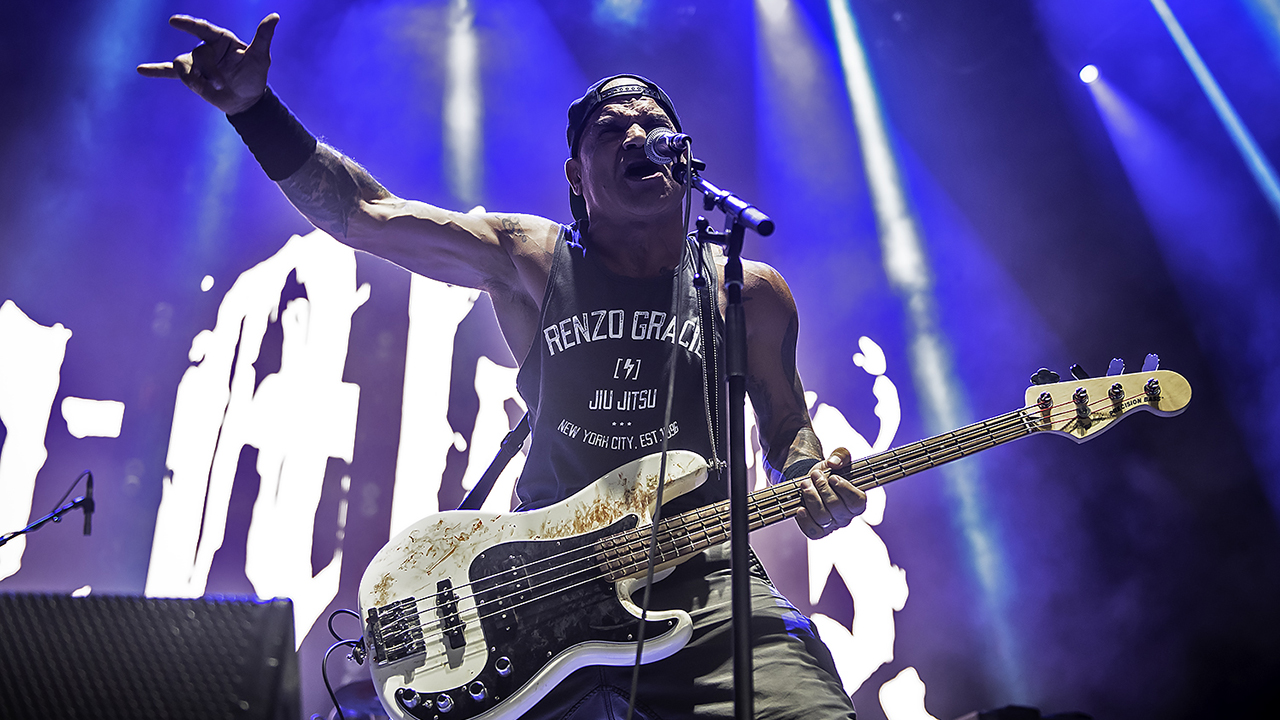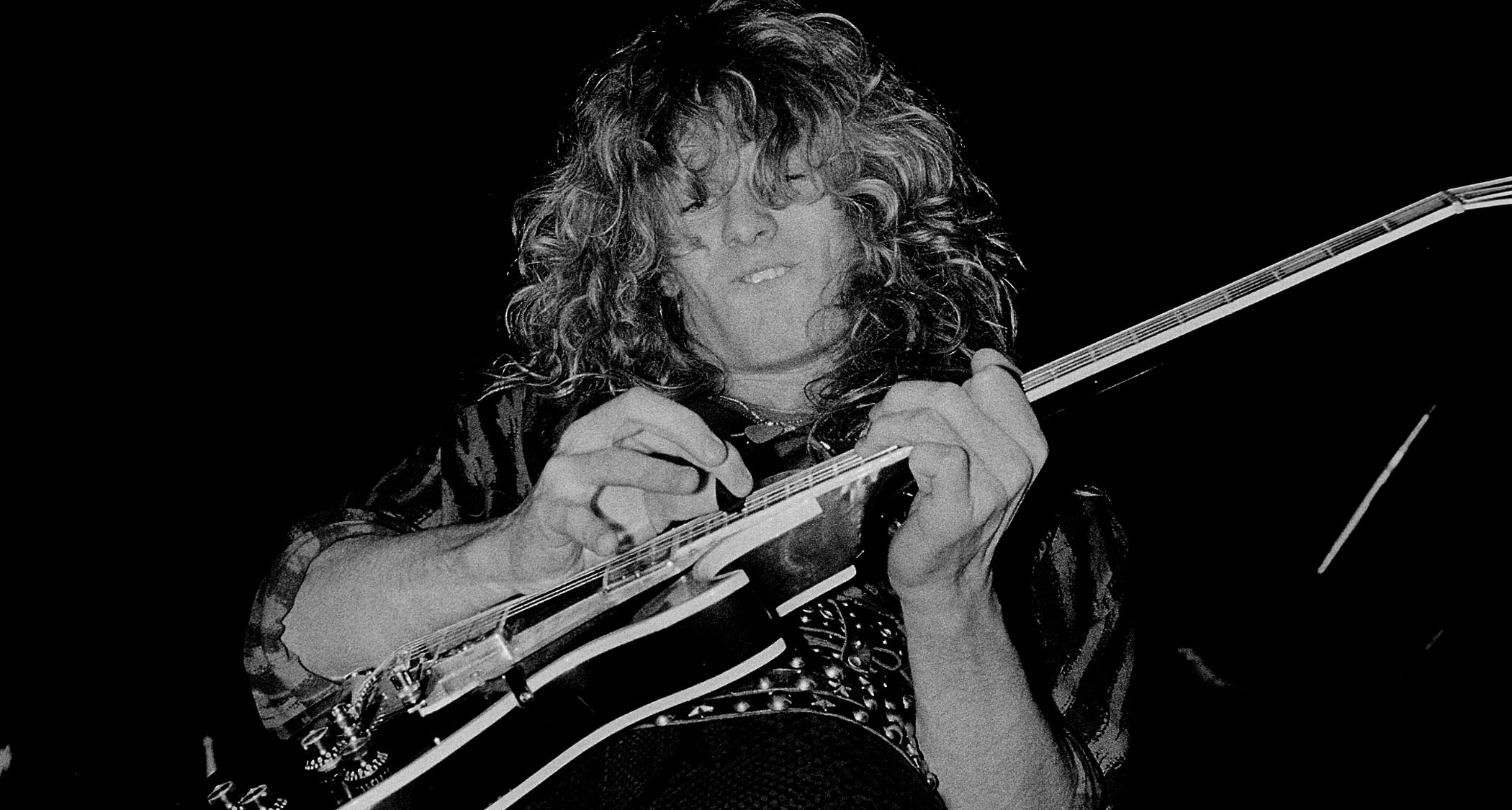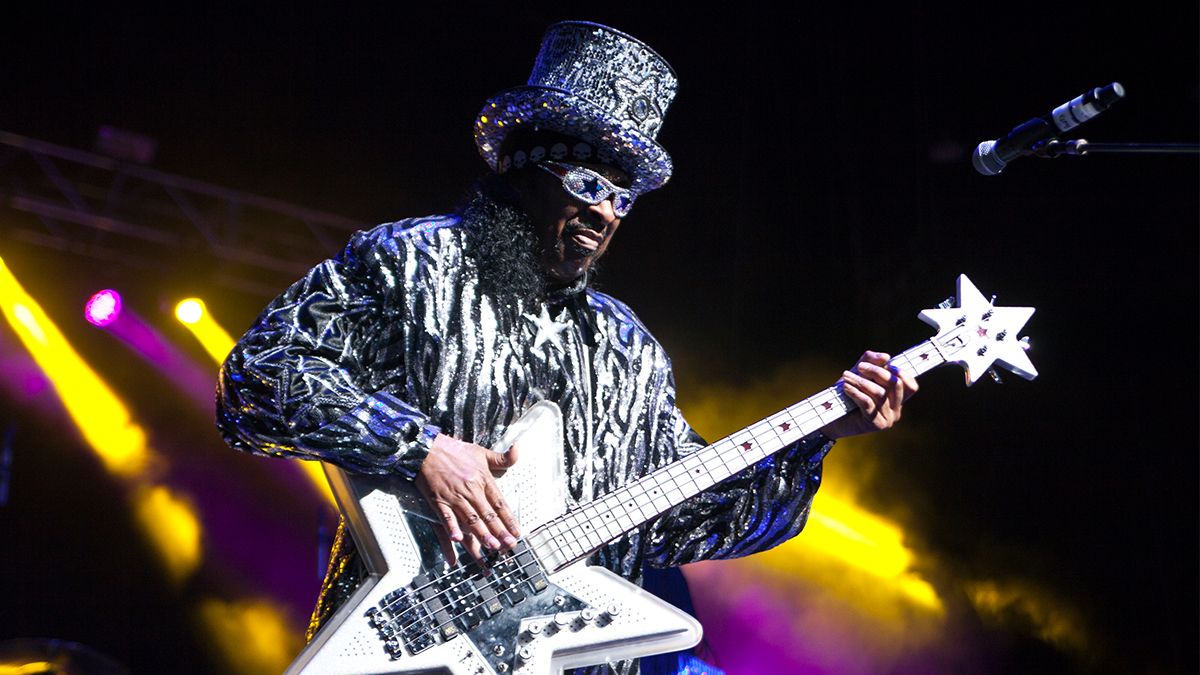“It’s one of our best tunes and one of my best basslines”: When Duran Duran fused Chic and Sex Pistols for one of bassist John Taylor’s standout performances
Duran Duran may be back in vogue – but for anyone who learned to play bass in the ’80s John Taylor has never been out of fashion

Mention '80s British pop to us bassists and we're bound to conjure up Sting's deep, compositional Police lines, Pino Palladino's ultra-melodic fretless sub-hooks with Go West and Paul Young, and Mark King's iron-clad thumb work with Level 42. But there's another voice of the era whose contributions loom larger in retrospect: John Taylor of Duran Duran.
A guitarist who switched to bass guitar, Taylor brought equal parts punk rock (à la New York Dolls guitarist Johnny Thunders' swagger-filled approach) and R&B bass – specifically the ghost-note throb of Chic's Bernard Edwards, who would later produce Taylor's second gold-selling band, Power Station.
The result is an edgy-but-anchored, syncopated style, which turned countless young bassists onto the joys of locking with the drums and bringing the funk.
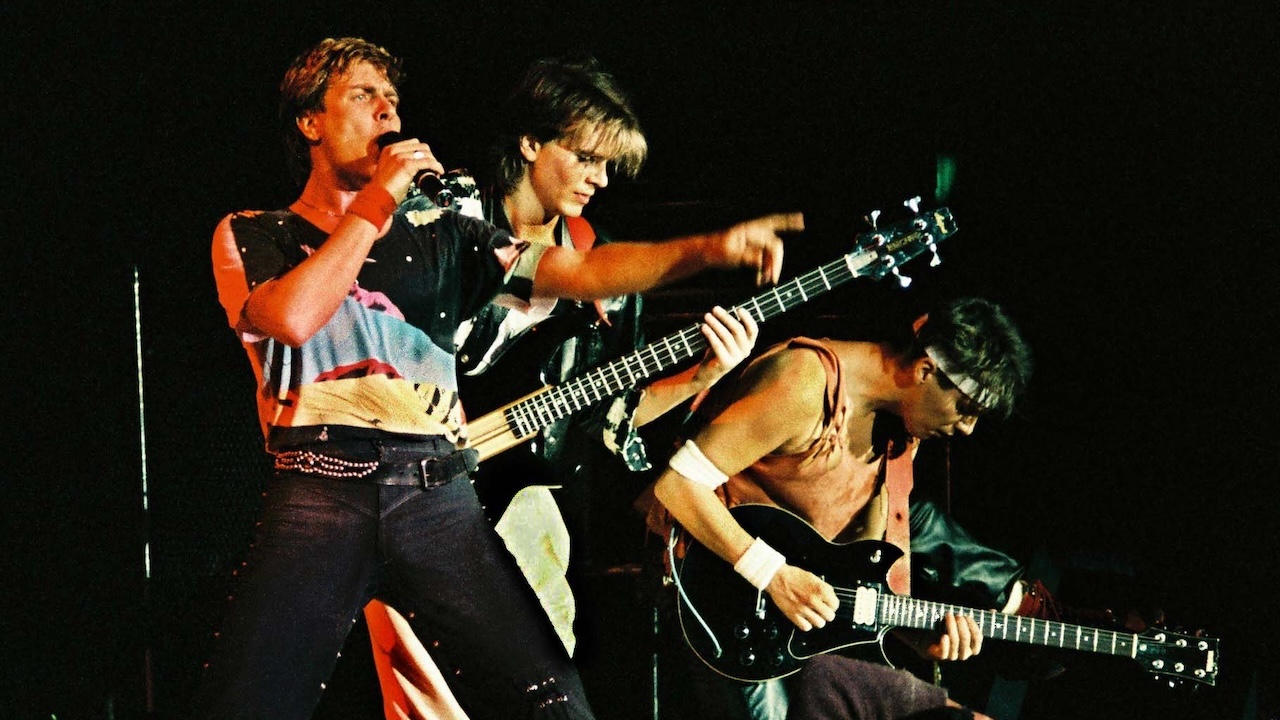
Taylor's best known bass work is probably Duran Duran's Rio and Power Station's Some Like it Hot, but his seminal, style-defining track is undoubtedly Girls on Film, from Duran's self-titled 1981 debut.
“I still love it – it's one of our best tunes and one of my best basslines,” Taylor told Bass Player. “Since this was our first album, we had been playing the songs for quite a while. We really had them together.
“Girls on Film actually went through several revisions; the first demo we made was very straight, with four-on-the-floor drums and a stiff octave-bass part. But as time went on, both Roger and I opened things up and tried different approaches.
“At that point we were both very influenced by the work of bassist George Murray and Stevie Wonder drummer Dennis Davis on David Bowie's albums Station to Station, Stage, and especially Low. Eventually, I stumbled upon my syncopated bassline.”
Get The Pick Newsletter
All the latest guitar news, interviews, lessons, reviews, deals and more, direct to your inbox!
In the studio that day, Taylor used two fingers to pluck his single-pickup Aria SB 700 bass, which was strung with Rotosound strings and recorded both direct and through a miked bass amp. The bass is so well recorded you can hear virtually every ghost-note.
“That's a credit to the brilliance of producer/engineer Colin Thurston. You can hear all of us clearly, but never at the expense of each other or the overall mix.”
Taylor remembers recording with drummer Roger Taylor, while guitarist Andy Taylor and singer Simon LeBon provided scratch tracks. To help keep a steady tempo, the band played along with a Kay Memory Rhythm drum machine.
The track opens with the sound of cameras clicking and Roger Taylor's drum setup. The bass enters at bar 5 with a two-bar intro phrase that will become the foundation of the verses. Note the syncopated ghost-notes within beats one and two, which Taylor gets via left-hand damping of the open A string.
While he might have normally fretted those A's on the E string (and the D's in bar 2 on the A string), the use of open strings helped Taylor facilitate the rhythmic figure. Also note the octaves on beats three and four, a holdover from the original demo's disco-flavored bassline.
At the end of bar 2, Taylor ‘pops’ the notes with his index finger, a stylistic nod to slap bass, which was becoming all the rage at the time. The intro's four bars set up an interesting template in which Taylor continually varies his part via the built in fill space on the last two beats of every other bar – a benefit of having played the song long enough to build up a vocabulary of fill ideas.
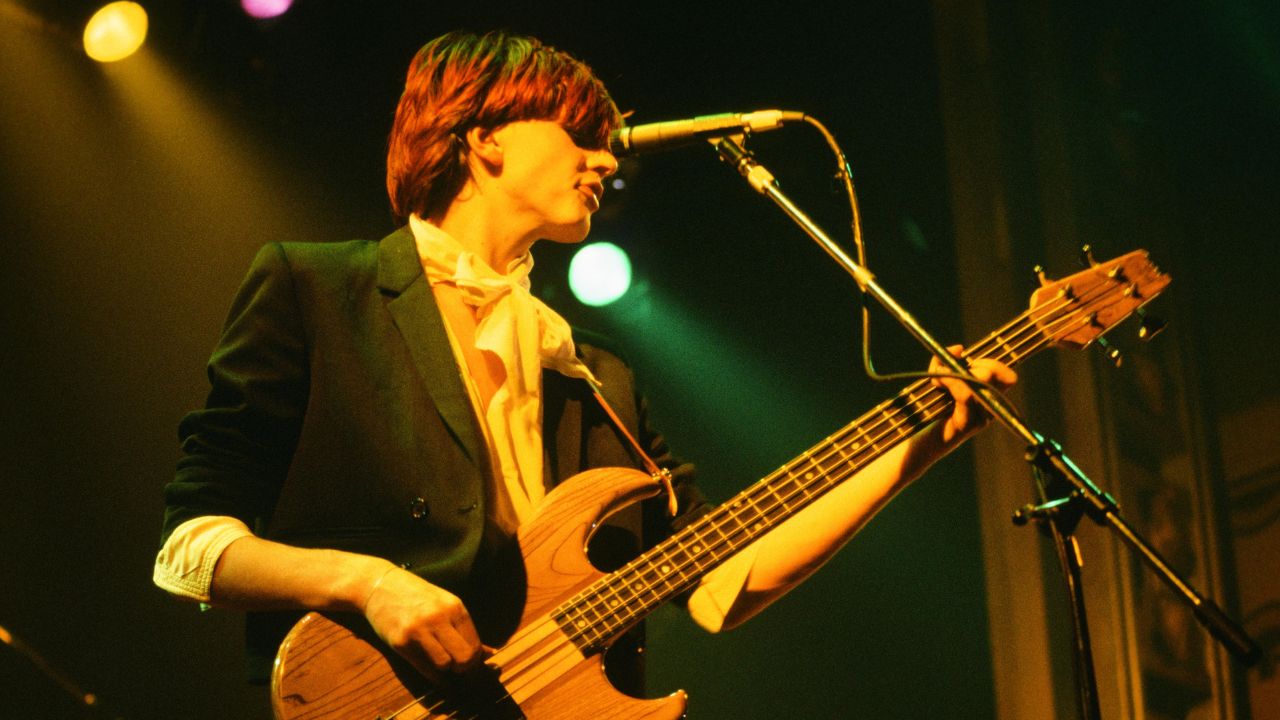
At the first verse, Taylor continues this format with, among others, an ear-catching fill at 00:35, and a cool chromatic climb from the low F at 00:46. “I was just focusing on keeping the groove going while trying to make the part sound interesting and exciting, and make it move around the vocal.
“Remember, we were a band of 19- and 20-year-olds, and everybody wanted to be heard and be a star. I was playing to the very peak of my abilities at the time, pulling out every trick I knew.”
A 6/4 breakdown leads to the first chorus, at 00:49. In this section, the Am7/D7 progression reverses and goes twice as long (two bars of each chord). Here, Taylor takes on the additional role of echoing the vocal melody with four eighth-notes at the end of each bar.
For the bridge, the Taylor-made rhythm section breaks it down, and the bass goes to quarter-notes with syncopation on the backhand side of the two-bar phrases. Building momentum, Taylor adds more of his signature syncopation and a 3rd in the bass every other bar.
Verse three mines previous terrain, but at 02:57, the out chorus, Taylor reigns his line in subtly. “I've always felt that as you get toward the fade, the ad-libbing becomes more the role of the singer and lead instruments, so it behooves the rhythm section to calm down and really lock in the support for them.”
Currently, in concert with Duran Duran, the reverse is true. “We've been doing Girls and Rio as our encore numbers, so while everyone in the band is wiped out by the end of the show, I'm thinking, ‘Damn – I've got to get going now!’”
Chris Jisi was Contributing Editor, Senior Contributing Editor, and Editor In Chief on Bass Player 1989-2018. He is the author of Brave New Bass, a compilation of interviews with bass players like Marcus Miller, Flea, Will Lee, Tony Levin, Jeff Berlin, Les Claypool and more, and The Fretless Bass, with insight from over 25 masters including Tony Levin, Marcus Miller, Gary Willis, Richard Bona, Jimmy Haslip, and Percy Jones.
You must confirm your public display name before commenting
Please logout and then login again, you will then be prompted to enter your display name.
“I asked him to get me four bass strings because I only had a $29 guitar from Sears”: Bootsy Collins is one of the all-time bass greats, but he started out on guitar. Here’s the sole reason why he switched
“I got that bass for $50 off this coke dealer. I don’t know what Jaco did to it, but he totally messed up the insides!” How Cro-Mags’ Harley Flanagan went from buying a Jaco Pastorius bass on the street to fronting one of hardcore’s most influential bands

